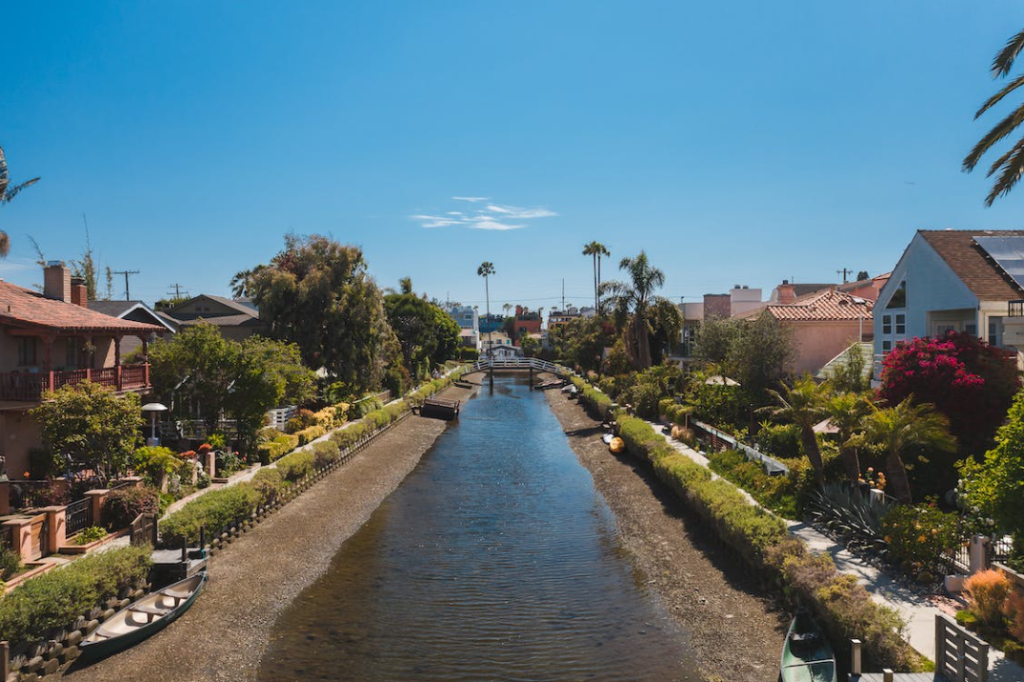Introduction to Off the Beaten Path Travel
In a world where travel has become increasingly accessible, many adventurers seek out remote destinations far from the tourist crowds. Off the beaten path travel offers a unique opportunity to discover hidden gems, immerse oneself in authentic cultural experiences, and explore pristine natural landscapes untouched by mass tourism.
Benefits of Exploring Remote Destinations
Exploring remote destinations provides travelers with a host of benefits that cannot be found in popular tourist destinations. Firstly, it offers authentic cultural experiences, allowing travelers to interact with locals, participate in traditional customs, and gain insight into the way of life in remote communities. Additionally, remote destinations boast unparalleled natural beauty and serenity, providing a peaceful retreat from the hustle and bustle of urban life. Moreover, traveling off the beaten path offers a sense of adventure and discovery, as travelers blaze their own trails and uncover hidden treasures along the way.
Challenges of Traveling to Remote Destinations
While off the beaten path travel can be rewarding, it also comes with its own set of challenges. Limited infrastructure in remote areas can make transportation and accommodation options scarce, requiring travelers to plan and prepare accordingly. Language and cultural barriers may also pose challenges, as travelers navigate unfamiliar customs and communicate with locals who speak different languages. Furthermore, safety concerns such as rugged terrain, wildlife encounters, and political instability may deter some travelers from venturing into remote regions.
Top Hidden Gems in Remote Destinations
Despite the challenges, there are numerous hidden gems waiting to be discovered in remote destinations around the world. The Faroe Islands, located in the North Atlantic Ocean, boast dramatic landscapes, quaint villages, and abundant birdlife, making them a paradise for nature lovers and outdoor enthusiasts. Svalbard, Norway, offers a unique Arctic experience, with towering glaciers, polar bears, and the mesmerizing Northern Lights. Socotra, Yemen, is home to otherworldly landscapes, including endemic flora and fauna found nowhere else on Earth. Raja Ampat, Indonesia, is a diver’s paradise, with some of the most biodiverse marine ecosystems in the world. Bhutan, known as the Land of the Thunder Dragon, captivates travelers with its stunning Himalayan scenery, ancient monasteries, and rich cultural heritage.
Tips for Exploring Remote Destinations
For travelers embarking on off the beaten path adventures, careful planning and preparation are essential. Researching destination information, including transportation options, accommodation, and local customs, can help travelers anticipate challenges and make informed decisions. Respecting local customs and the environment is crucial for responsible travel, ensuring that travelers leave a positive impact on the communities they visit. Packing appropriately for the climate and terrain, including essential supplies such as food, water, and emergency equipment, can help travelers stay safe and comfortable in remote areas. Finally, staying flexible and open-minded allows travelers to embrace the unexpected and make the most of their off the beaten path experiences.
Conclusion
Off the beaten path travel offers intrepid adventurers the chance to step off the well-worn tourist trail and discover hidden gems in remote destinations around the world. From pristine natural landscapes to authentic cultural experiences, the rewards of exploring off the beaten path are as diverse as the destinations themselves. By embracing the challenges and embracing the spirit of adventure, travelers can embark on unforgettable journeys and create memories that will last a lifetime.

FAQs
- Is it safe to travel to remote destinations?
- While traveling to remote destinations may pose certain risks, such as limited infrastructure and safety concerns, with proper planning and preparation, travelers can minimize these risks and enjoy a safe and rewarding experience.
- How can I find information about off the beaten path destinations?
- Researching travel blogs, forums, and guidebooks, as well as consulting with local tourism offices and experienced travelers, can provide valuable insights and recommendations for off the beaten path destinations.
- What should I pack for a trip to a remote destination?
- Packing essentials such as appropriate clothing, food, water, emergency supplies, and navigation tools is essential for traveling to remote destinations. Additionally, consider packing items that are culturally appropriate and respectful of the environment.
- How can I ensure that my travels have a positive impact on local communities?
- Respecting local customs, supporting local businesses, and minimizing environmental impact are essential for responsible travel. Additionally, engaging with local communities in a respectful and meaningful way can contribute to positive social and cultural exchange.
- What should I do if I encounter challenges while traveling to a remote destination?
- Staying calm, resourceful, and adaptable is essential when encountering challenges while traveling to remote destinations. Seeking assistance from local authorities or experienced travelers, as well as relying on contingency plans and problem-solving skills, can help travelers overcome obstacles and continue their journey safely.









